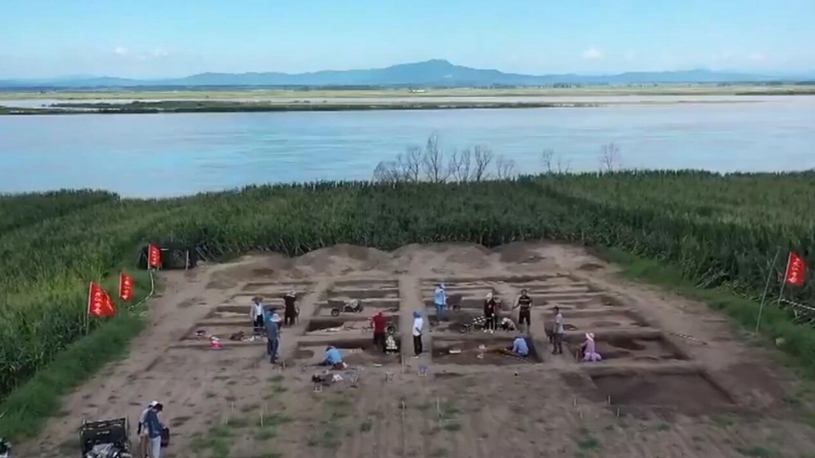 The first train of the Mombasa-Nairobi Standard Gauge Railway (SGR) arrives at Nairobi Terminus in Nairobi, Kenya, May 31, 2017. (Xinhua/Chen Cheng)
The first train of the Mombasa-Nairobi Standard Gauge Railway (SGR) arrives at Nairobi Terminus in Nairobi, Kenya, May 31, 2017. (Xinhua/Chen Cheng)
The project has gained trust and support from the Kenyan government and people and injected vitality into the country's socio-economic development, since AfriStar has always been committed to ensuring safe operation, boosting the movement of passengers and goods, and enhancing localization of the project, said Li Jiuping, general manager of Africa Star Railway Operation Company.
by Xinhua writer Bai Lin
NAIROBI, Aug. 18 (Xinhua) -- The Mombasa-Nairobi Standard Gauge Railway in Kenya has become a flagship project of China-Africa cooperation, a "business card" of Chinese enterprises and a demonstration project of the Belt and Road Initiative, an official of the railway operator has said.
"Over the past five years (since the railway's opening), our construction level and quality have been fully proven in the railway project," said Li Jiuping, general manager of Africa Star Railway Operation Company (AfriStar), in a recent interview with Xinhua.
The 480-km rail line, linking the largest port in East Africa, Mombasa, to Kenya's capital Nairobi, was built by the China Road and Bridge Corporation and officially opened to traffic in 2017.
 Station attendant Peter Mwadime works at Mombasa Terminus Station in Mombasa, Kenya, July 27, 2022. (Xinhua/Dong Jianghui)
Station attendant Peter Mwadime works at Mombasa Terminus Station in Mombasa, Kenya, July 27, 2022. (Xinhua/Dong Jianghui)
The project has gained trust and support from the Kenyan government and people and injected vitality into the country's socio-economic development, since AfriStar has always been committed to ensuring safe operation, boosting the movement of passengers and goods, and enhancing localization of the project, Li said.
As of May 31, the fifth anniversary of the opening, the railway services had transported nearly 8 million passengers, he said, adding that there are also on average six passenger trains operating daily along the route, with an occupancy rate of 90 percent.
In addition, almost 20 million tons of bulk cargo had been ferried as of May 31, as the number of freight trains operating daily has increased from two to 17, Li said.
Nowadays, bulk cargo can be directly transported from the Mombasa port to the Kenya-Uganda border by rail, thanks to a transit line connecting the modern railway with a century-old meter gauge railway built by British colonists, which was completed this year.
 Passenger attendant Monicah Chepkemboi guides a passenger to take the elevator at Mombasa Terminus Station in Mombasa, Kenya, July 27, 2022. (Xinhua/Dong Jianghui)
Passenger attendant Monicah Chepkemboi guides a passenger to take the elevator at Mombasa Terminus Station in Mombasa, Kenya, July 27, 2022. (Xinhua/Dong Jianghui)
After years of professional training and practice, many Kenyan employees have become skilled workers who can fulfill tasks on their own, he said, noting a section of the railway has been independently operated by Kenyan locomotive drivers since February.
Meanwhile, AfriStar has been playing a positive role in local environmental protection, medical care and education funding, as part of its efforts to get integrated into local communities and shoulder its social responsibilities, Li said.
For example, during the toughest moments in Kenya's fight against COVID-19, AfriStar still managed to ensure constant transportation of medical supplies 24 hours a day, winning praise from the government and ordinary people, he said.
Looking into the future, the operator will continue its commitment to rapid and quality delivery of goods and services, in a bid to help African partners spur growth and improve livelihoods, Li added. ■












